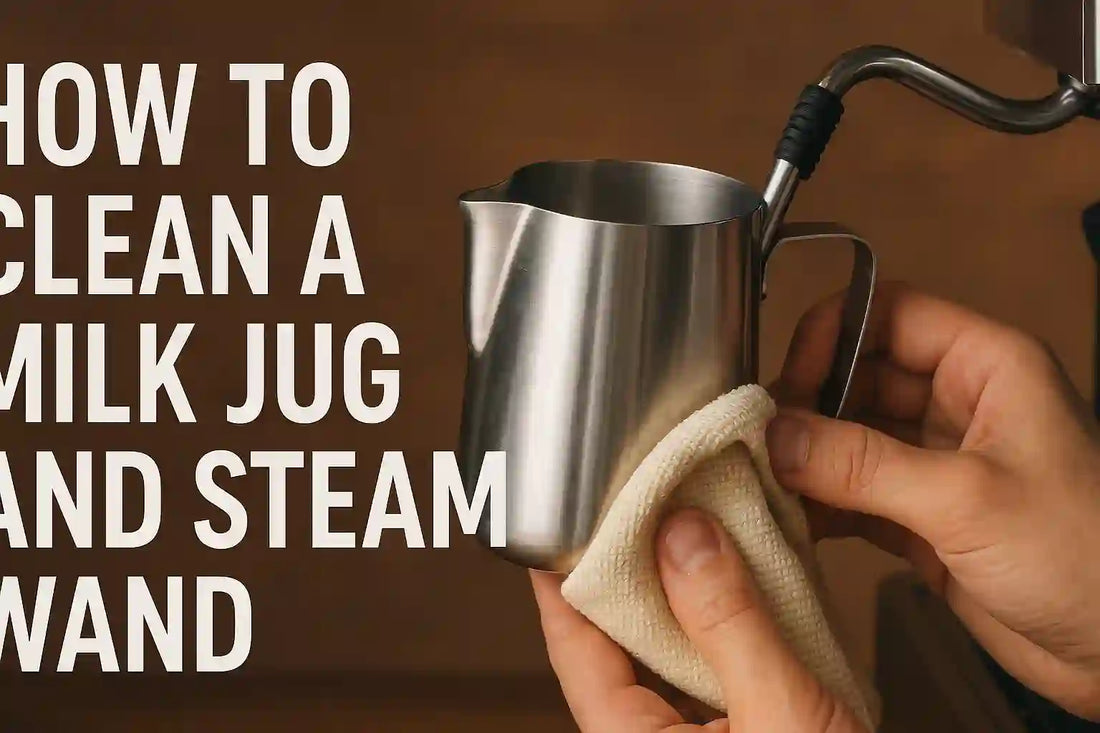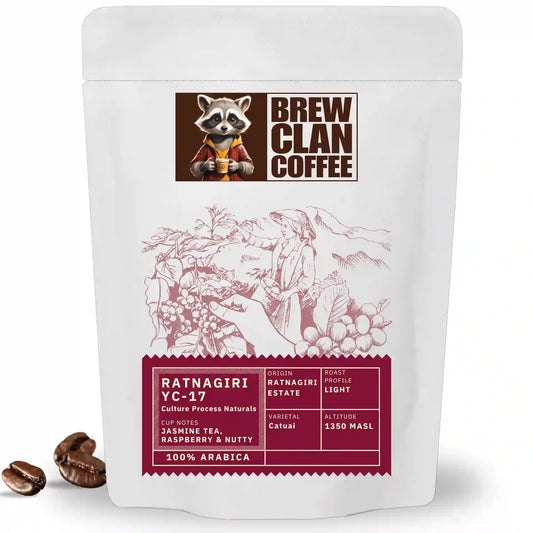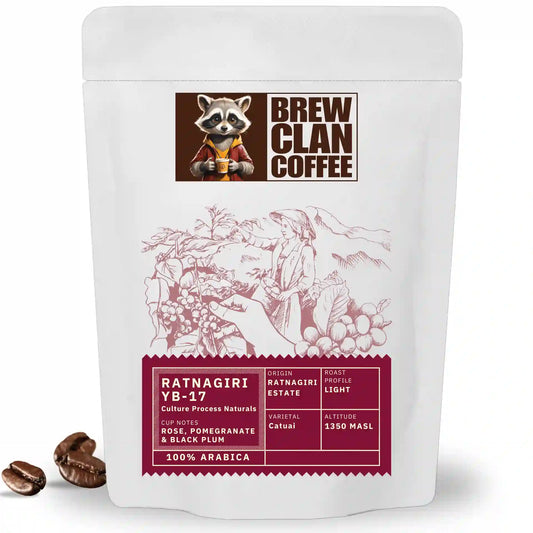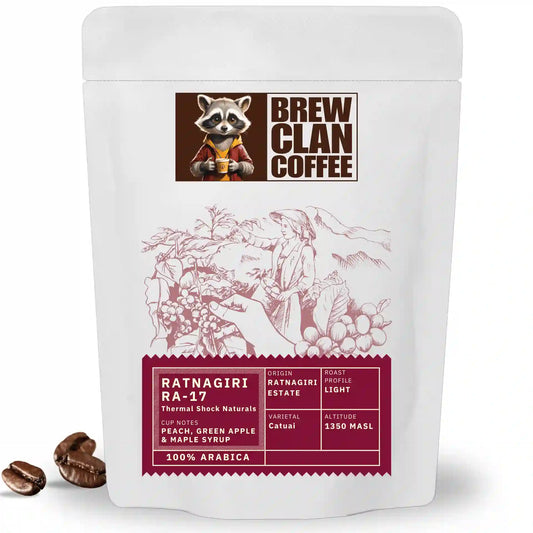
How to Clean Your Milk Jug and Steam Wand (and Why It Matters More Than You Think)
Share
Picture this: you’ve just pulled a beautiful espresso shot. Golden crema, rich aroma, everything is perfect. You reach for the milk jug, steam your milk, and pour it into a silky cappuccino. First sip, and… something’s off.
Not the espresso. Not the beans. The culprit? Milk residue clinging to your jug or steam wand.
It’s the quiet villain of café life and home barista setups alike. Milk, if not cleaned properly, turns sour fast, and that sourness loves to latch onto every latte you make after.
So let’s talk about how to clean your milk jug and steam wand the right way, not just for hygiene, but for flavor, consistency, and equipment health.
Why Cleaning Matters
Milk is tricky. It contains proteins, fats, and sugars that:
- Stick to surfaces easily (ever noticed that dried milk crust on your jug rim?)
- Burn quickly under heat (hello, scorched wand tips)
- Spoil fast, leaving bacteria and sour flavors behind
Neglect cleaning, and you’ll end up with:
- Sour, unpleasant-tasting milk drinks
- A blocked steam wand (ever tried steaming with clogged holes? Disaster)
- Shorter equipment life, leading to costly repairs
Cleaning isn’t just about appearances, it’s about protecting your coffee ritual.
Cleaning Your Steam Wand
After Every Use (Non-Negotiable)
- Purge immediately – After steaming, always release steam for 2–3 seconds. This clears out milk trapped inside the wand.
- Wipe down – Use a clean, damp cloth (ideally microfiber). Wipe the wand right away while milk residue is still soft.
- Purge again – A second purge ensures no hidden milk sits inside.
👉 Think of it like brushing your teeth, you wouldn’t skip it and expect fresh breath, right?
Daily Deep Clean (End of Day Routine)
- Soak the steam wand tip in a solution of warm water + a designated milk cleaning solution (or a mix of hot water and a little baking soda).
- Use a steam wand brush or pin to gently unclog the tip holes.
- Reattach, purge, and you’re good.
Cleaning Your Milk Jug
After Every Use
- Rinse with hot water immediately to wash away milk proteins before they harden.
- Follow with a quick soapy rinse and dry with a clean towel.
Daily Deep Clean
- Soak in hot water with a milk cleaner or mild detergent.
- Scrub inside and outside thoroughly with a jug brush (pay attention to the spout and rim where milk dries).
- Rinse thoroughly, no one likes detergent-flavored lattes.
Pro Tip
If you’re steaming multiple drinks in a row, always rinse your jug in between. Reheating old milk = burnt taste + bad texture.
Best Practices & Common Mistakes
- Don’t use rough scrubbers: they scratch stainless steel and make your jug prone to harboring residue.
- Never leave the milk jug soaking overnight: this leads to stubborn water marks and bacteria buildup.
- Rotate cleaning cloths: reusing the same sour-smelling rag can contaminate your milk and affect taste.
- Always purge your steam wand before and after steaming: this prevents burnt milk from sticking and ensures a clean, powerful steam flow.
Extra Tips for Café-Level Hygiene
- Separate cloths – Always use one cloth for the steam wand and another for counters. Mixing = cross-contamination.
- Replace cloths often – A damp cloth that sits around all day becomes a bacteria magnet.
- Check for build-up – Hold your jug up to the light. If you see rainbow-like films or cloudiness, it’s time for a deep scrub.
Final Sip
A clean jug and steam wand are the unsung heroes of every velvety latte and perfectly textured cappuccino. It’s one of those details that separates a meh coffee from a café-worthy experience.
So the next time you’re tempted to skip that quick wipe or rinse, remember: it only takes a few seconds, but the payoff is in every sip.
Clean tools. Clean flavors. Better coffee.
FAQs: Cleaning Milk Jugs & Steam Wands
1. How often should I clean my milk jug?
Ideally after every use. Milk residues build up quickly and can cause sour smells or bacterial growth. A quick rinse after each steaming session and a deep clean daily is best.
2. Can I use vinegar to clean a steam wand?
It’s not recommended. Vinegar can leave lingering smells and isn’t strong enough to dissolve dried milk proteins. Use a food-safe espresso machine cleaner or steam wand detergent instead.
3. Why does my steam wand smell like sour milk?
That smell comes from milk residue left inside or on the tip of the wand. Always purge steam before and after use, and wipe down immediately with a clean, damp cloth to prevent build-up.
4. What’s the fastest way to clean between drinks?
Purge steam for 2–3 seconds, wipe the wand with a fresh damp microfiber cloth, and give your milk jug a quick rinse. This prevents cross-contamination and keeps flavors fresh.
5. Do I need special detergents for steam wands?
Yes, for deep cleaning. While water and cloth work for daily upkeep, professional espresso cleaners help dissolve stubborn milk residue and keep equipment hygienic.
6. Can I put my milk jug in the dishwasher?
Most stainless steel milk jugs are dishwasher-safe, but handwashing is recommended to avoid water spots and to maintain the polished finish.
7. What happens if I don’t purge my steam wand?
Skipping the purge allows old milk to get sucked back into the wand, leading to blockages, sour smells, and even machine damage over time.
8. Is it safe to soak a milk jug overnight?
No, soaking can cause water stains, bacteria growth, and affect the flavor of milk. Always wash and dry promptly after use.
9. How do cafés keep their milk jugs so shiny?
They avoid abrasive scrubbers and instead use soft cloths, hot water, and mild detergents. Some cafés also polish with microfiber towels to keep the steel spotless.
10. What’s the best cloth for wiping steam wands?
Use a dedicated microfiber or barista cloth. Avoid reusing old kitchen rags as they can transfer odors and bacteria.




